
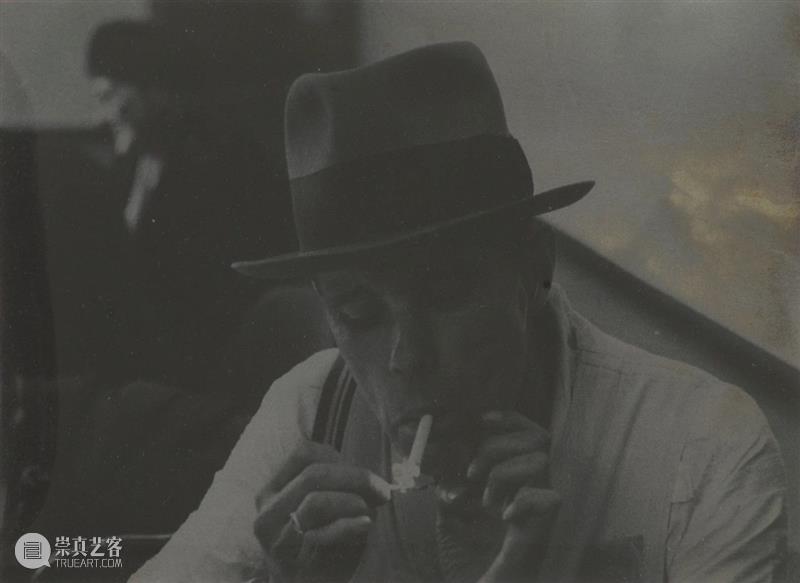
Untitled
Photography, 30.5cm×45cm, 1972
©️HOW Art Museum
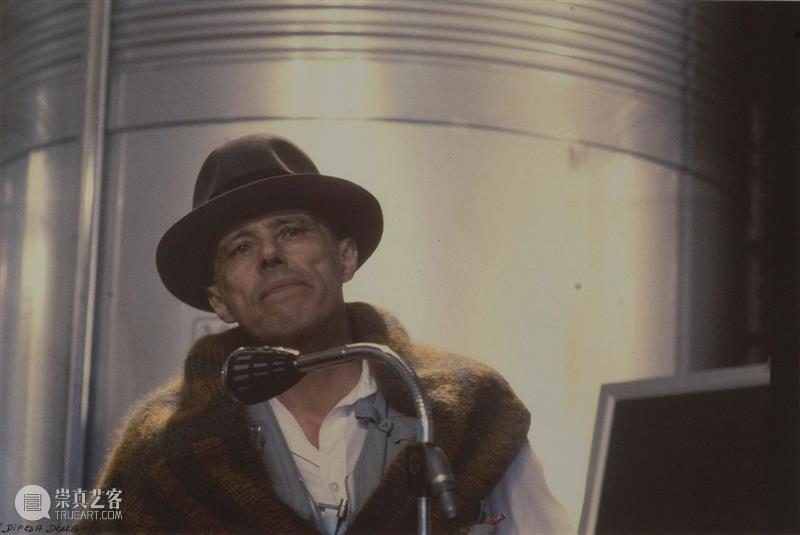
©️HOW Art Museum
He has left a lasting mark on the concept of art, the expanded concept of art, and inextricably linked the utopian potential of every artistic activity to the "social organism" understood as sculpture. Through the "parallel process of art and life", any academic separation was abolished and the artistic activity was integrated into the field of tension between everyday life and utopia.
With his spectacular works and installations like “Honigpumpe am Arbeitsplatz“ (1977), “7000 Eichen“(1982-87), or the “Büro für direkte Demokratie für Volksabstimmung“ (1971) Beuys changed people’s idea what art is and could be, the potential of creativity and the artistic doing an acting, the utopia of all human creativity was his main topic.
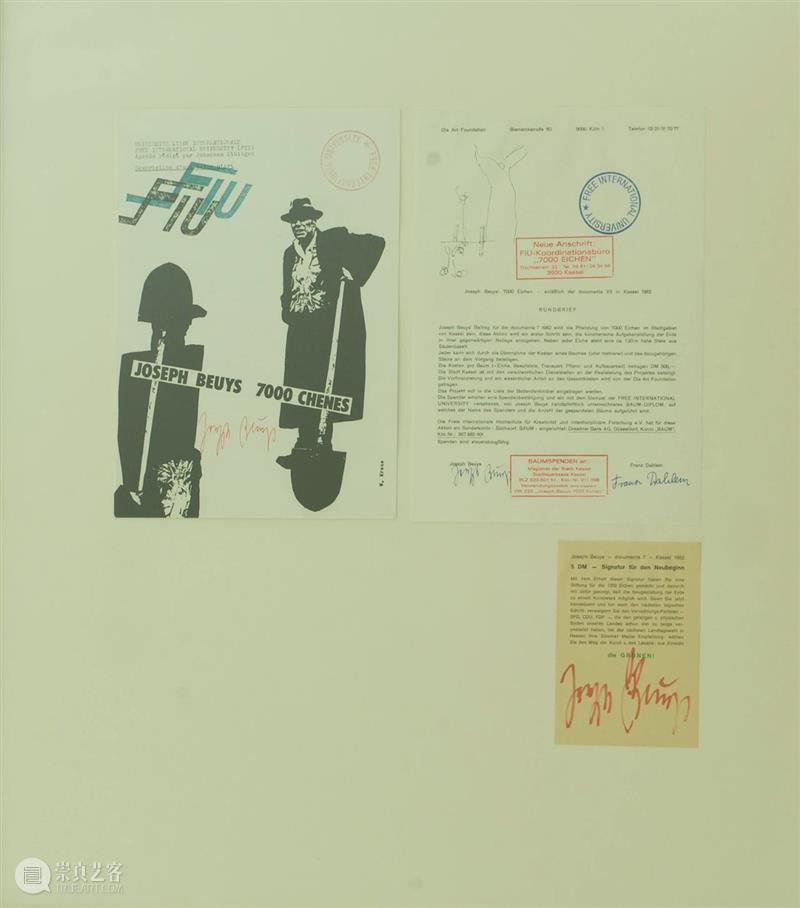
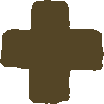
"Many people understand art as the freedom of the arbitrary: Art, so I can do whatever I want! But what is art supposed to do if nothing comes out of it?"
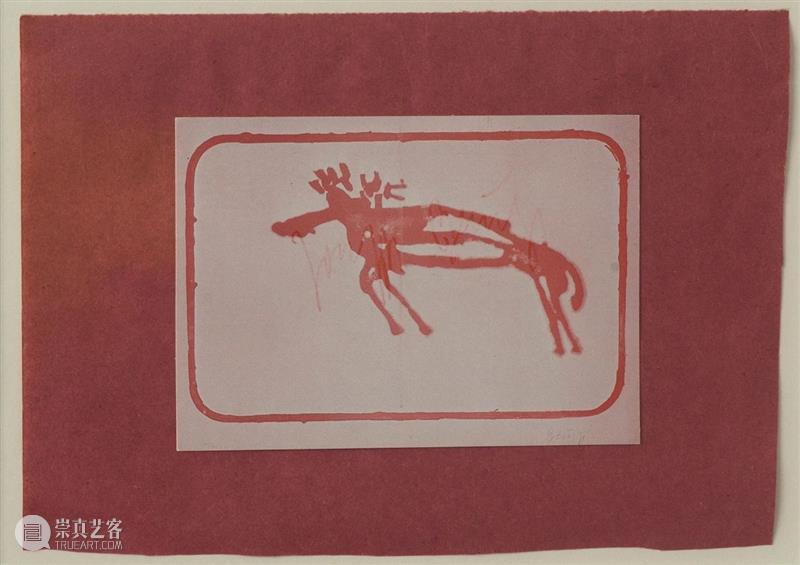
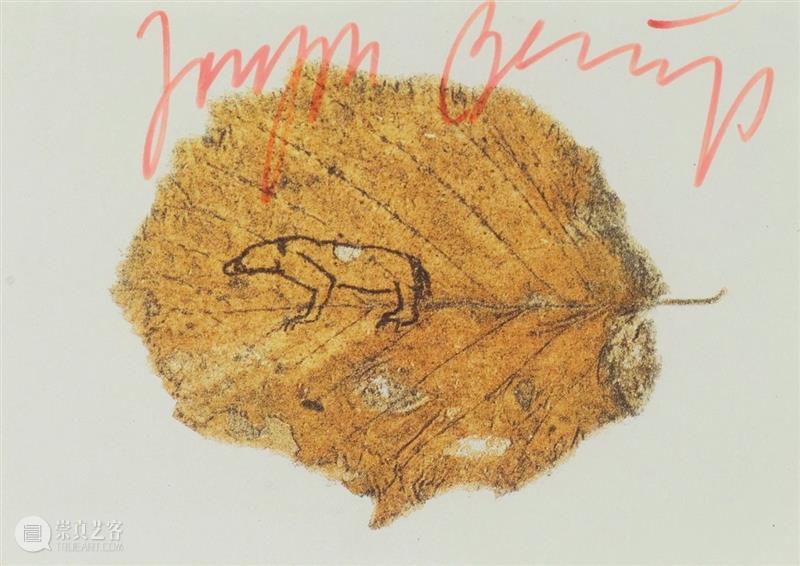
Bottom: Bear, Lithograhpy on white wove, 76.5×40 cm
According to his own account of 1979, a pivotal (and unverifiable) event changed the course of Beuys's life in March of 1944, when his battle plane was shot down over the Crimean Front in Ukraine. Beuys claimed that he was promptly rescued by a nomadic tribe of Tartars, who apparently saved his life by greasing his bruised and battle-weary body with animal fat, before wrapping him entirely - so as to raise his temperature - in felt.
The importance of ancient healing aids - in this case, fat and felt - for enriching and sustaining the human mind, body, and spirit, would come to play an important and highly visible role in much of Beuys's subsequent work as an artist.
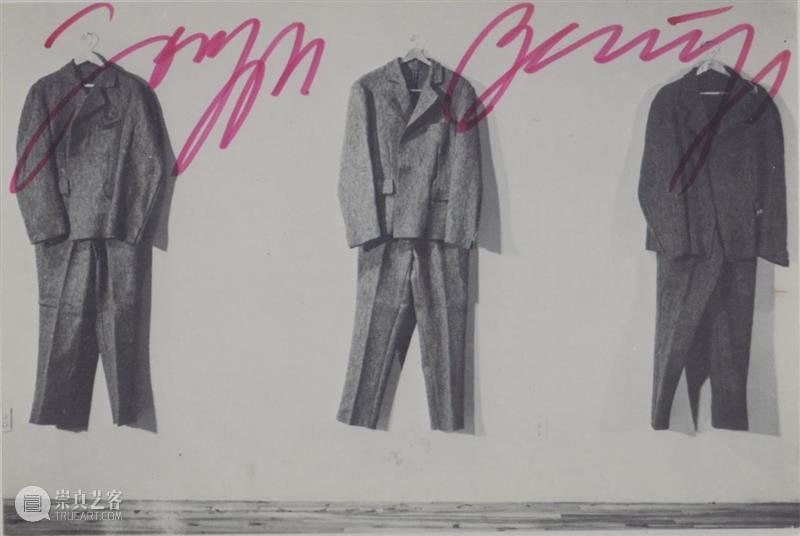
He was active in Europe from the late 1940s through the early 1980s, and came to be loosely associated with that era's international, pre-Conceptual art movement, Happening and Fluxus.
Beuys's diverse work ranges from traditional media of incredible drawings, painting, sculpture, and installation to process-oriented, and time-based happening and performance art, the performance of which suggested how art may exercise a therapeutic effect whenit takes up psychological, social, and/or political subjects.
Beuys is especially famous for works incorporating (evolutionary based ecological pre-thinking) animal fat and felt, two common materials that had profound personal meaning to him. They were also recurring motifs in works suggesting that art, common materials, and one's "everyday life" were ultimately inseparable.

“Everyman is a plastic artist who must determine things for himself."

How to Explain Pictures to a Dead Hare
1965, performance video, 6min22sec
©️HOW Art Museum
Beuys demonstrated how art might originate in personal experience yet also address universal artistic, political, and/or social ideas (i.e. topical issues of the day).
This is part of the meaning to be gleanedfrom his 1965 solo performance, “How to Explain Pictures to a Dead Hare”, at Galerie Schmela in Düsseldorf, in which materials of personal significance (one foot wrapped in felt, the cradling of a recently deceased animal) poetically suggest the healing potential of art for a humanity seeking self-revitalization and a sense of renewed hope in the future (one should recall that Beuys came of age in the immediate post-war period, when many Germans were just coming to terms withmany traumatic aspects of their recent past).

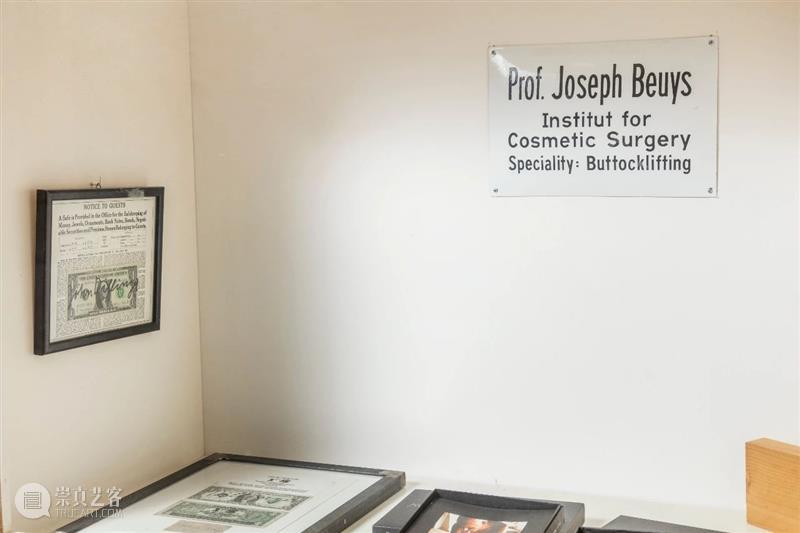
Again and again there were provocations and scandals against the authorities, the law, because Beuys did not want to accept the given circumstances. One example: In 1972, Joseph Beuys, professor of art at Düsseldorf Art Academy, occupied the Academy with 80 students in order to help unsuccessful applicants for admission, Joseph Beuys emphasized: "And when they come with tanks, I'll stay.”
In October, the world-famous lecturer insculpture at the Düsseldorf Academy irritated his employer, North Rhine-West phalia's Minister of Science. Beuys had occupied the secretariat of the Art School in order to enforce enrolment. Those rejected candidates wanted to admit Beuys’ class, which already included 270 students, and pleaded academic freedom. In the end, the result turned out to be: he was fired by the Ministry even with police violence.
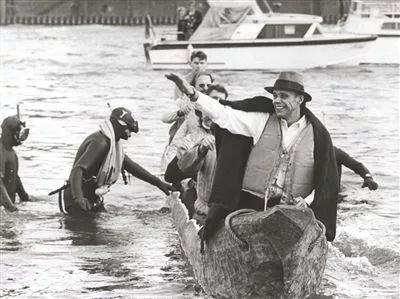
On October 20th,1973, one year after his dismissal, Beuys crossed the Rhine in a dug out canoe built by the master follower Anatol to the bank where the Academy of Fine Arts was located. This "bringing home" as a spectacular symbolic act aroused great public interest.
At least Beuys was asked to come back to the Dusseldorf Academy and he returned there in 1980 as a visiting professor. Meanwhile, Nam June Paik, his close friend from the Fluxus time, was also hired as a Professor of Video Art(1979–1996) at Düsseldorf Art Academy.
Such actions were "artistic processes" for Beuys. For him his "concept of art" has expanded and realized that the "highest meaning of sculpture" lies in the"creation of man".
Beuys suggested, in both his teaching and in his mature "Actionism" and sculptural artworks, that "art" might not ultimately constitute a specialized expression but rather a heightened humanitarian attitude, or way of conducting one's life, in every realm of daily activity.
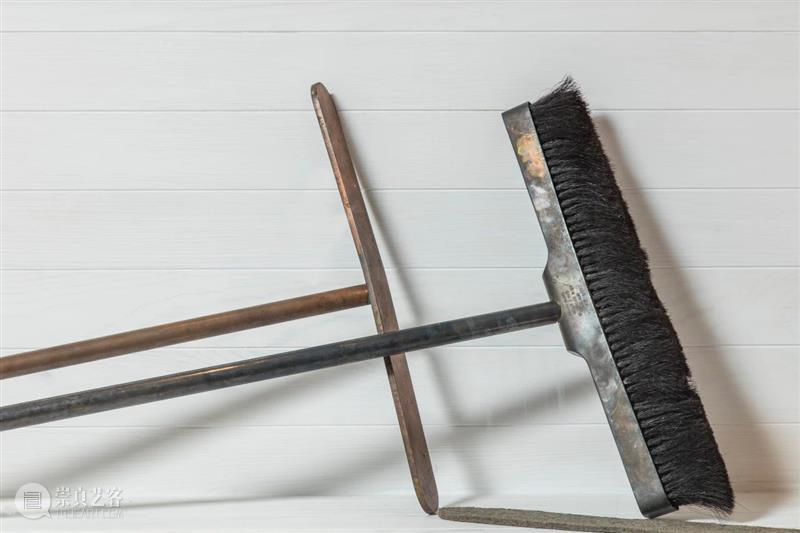
Silver Broom and Broom without Bristles
Broom (wood and horsehair), encased in 1 mm silver sheet, 139×51cm.
Solid copper and felt, 130×51cm.
©️HOW Art Museum
In this regard, Beuys's works signals a new era in which art has increasingly become engaged with social commentary and political activism based on individual mythology (documenta5 in 1972 by Harald Szeemann).
Neither the social sculpture nor the energy plan as variants of the new mythology are of a mere artificial nature.
They carry over to the formation of recommence social critique of the world of politics. But this also cast doubt on these concepts. Objections to such an encroachment are rife, and not completely with our justification. How can a society lacking any form, as some would say, being formless, amorphous or anomic, still call itself the society?
It would not be difficult to view Joseph Beuys´s new mythology as an attempt to answer precisely this question. His romantic inheritance, employed in no way with total innocence, and also democratically re-framed in many ways, does not deserve a hastily formulated accusation of totalitarianism.
Beuys frequently blurred the lines between art and life, fact and fiction, by suggesting that what one believed to constitute "reality" mattered more in matters of human action, social/political behaviour, and personal creativity than any definition of everyday reality based on traditional standards of "normalcy," or social codes of so-called "proper" conduct.
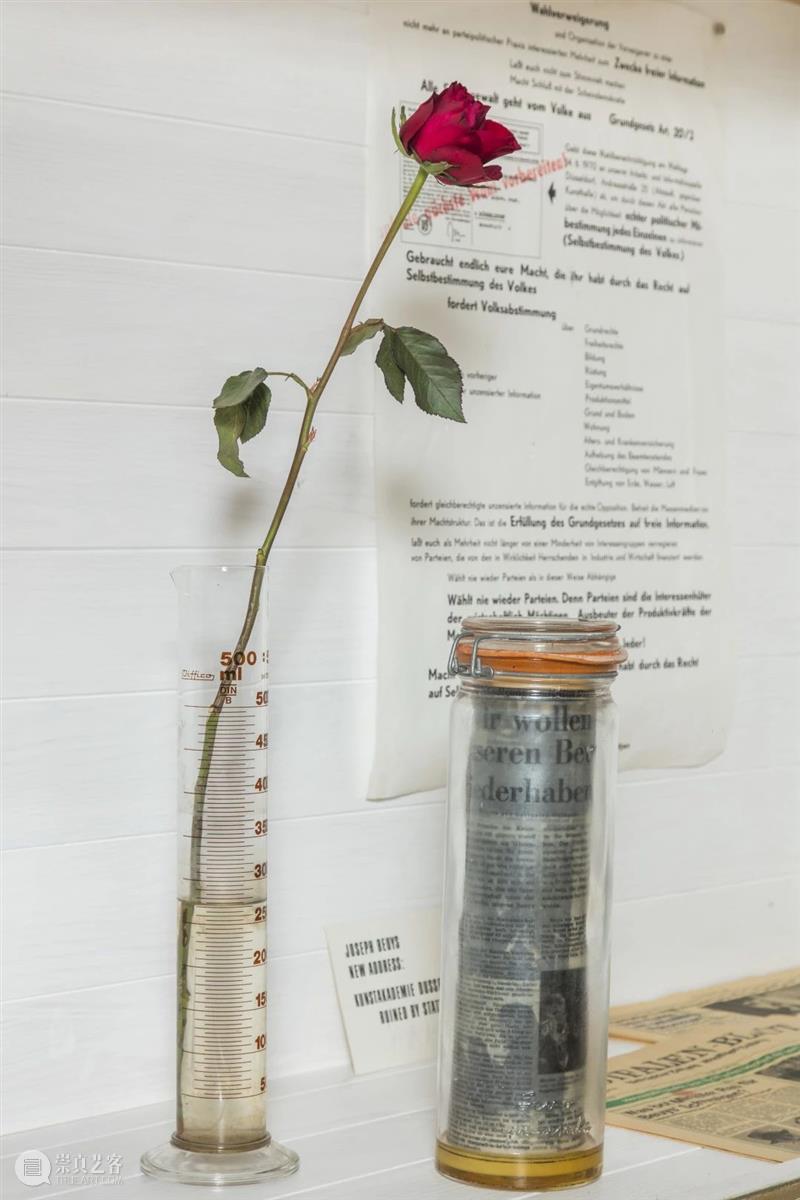
Rose for Direct Democracy
Graduated glass cylinder
33.5cm×5cm (dia), 1973
©️HOW Art Museum

It is notable that several eyewitness accounts are on record as contradicting Beuys's romantic and exotic parables; in addition, there were reportedly no Tartar tribesmen occupying the region of Beuys's alleged military plane crash.
In any event, a mixture of fact and fiction would come to play a central role in Beuys's later art works.
Indeed, Beuys's tale of heroic rescue by Tartars (whether true or false) served as something of a lynchpin for his decision, in the immediate wake of World War II, to devote himself thereafter to art andavant-garde culture.
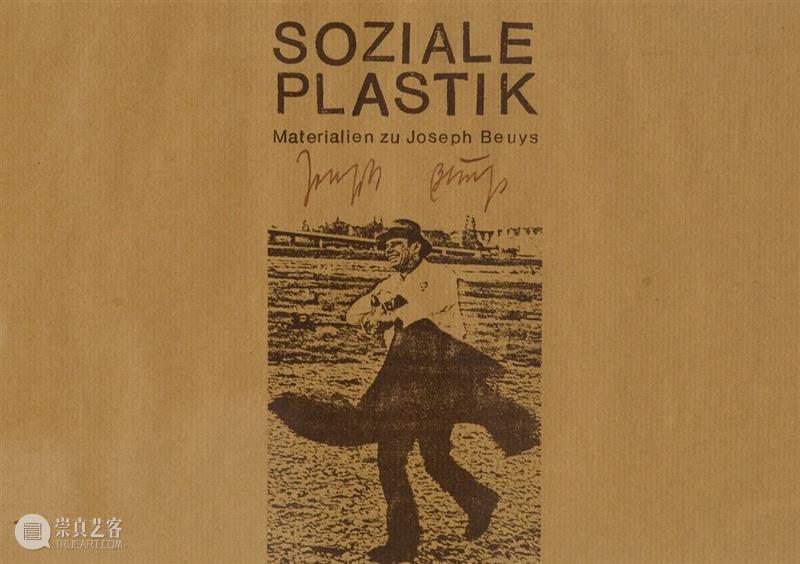

"I don't believe that an art school, which should stress new artistic concepts, should lay emphasis on fixed places to work in the school. That sort of thinking is tied up with the idea of art as a craft, with the work-bench and the drawing-table."
Beuys's insistence on the fundamentally democratic nature of human creativity suggested that every fully thinking and feeling person is, by definition, an artist, has left a widely influential and creative legacy since his death in 1986.
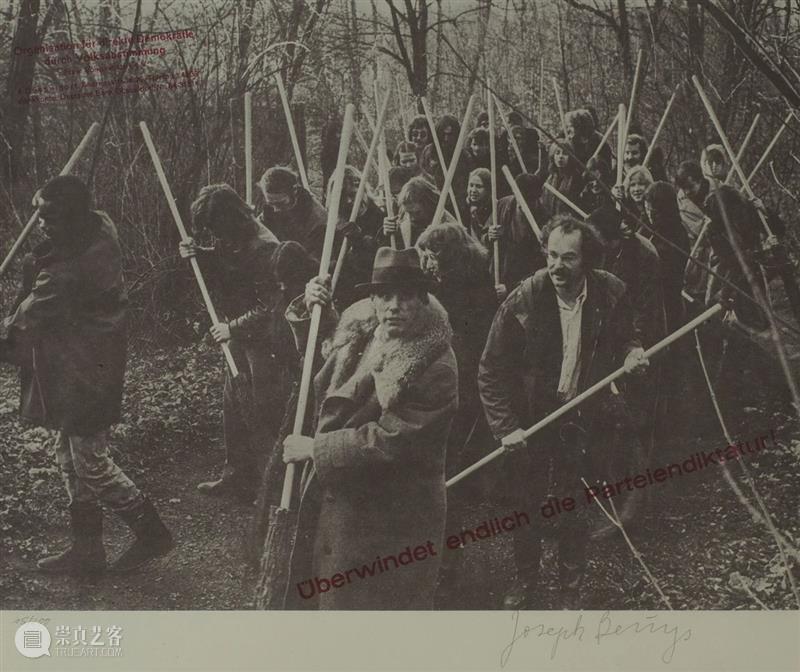
While Beuys had always made an impact on his fellow Fluxus colleagues since the early1960s, he would ultimately come to play a larger role in lending credence to the notion, increasingly popular since the mid 1990s, that art should address social, political, and related concerns by blurring the boundaries between its own practice, as a professional discipline, and everyday reality.
This is particularly the case in regard to Beuys's aesthetic of Social Sculpture, which suggested art's potential to transform the life of the individual observer, as well as the social conditions of her/his larger culture.
Beuys believed that if one were, by default, an artist, then one might be an artist everywhere or in every context in which one finds oneself - the art studio proper, the classroom, and the "street"offering equally advantageous circumstances for creative experience.
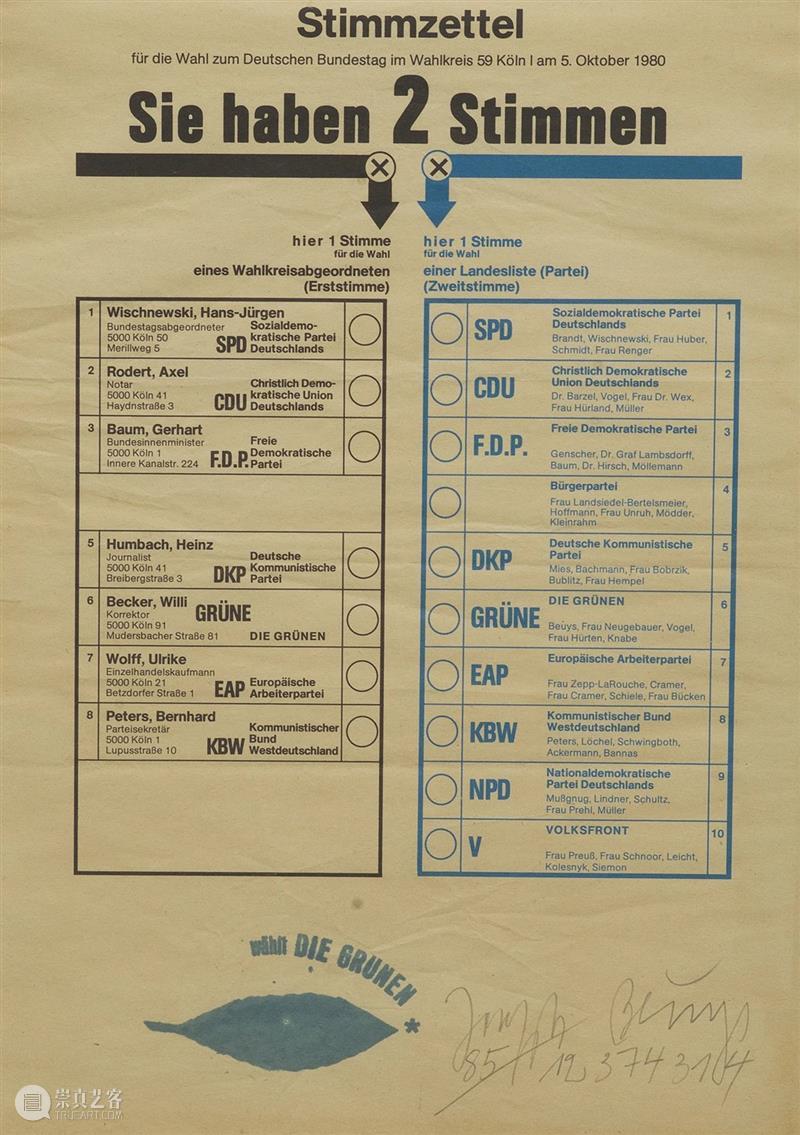

"And now I want to get to the heart of the matter. Because every time a democratic process approaches the real nerve of society's transformation, the balance of power in money undermines every genuinely democratic attempt. So,the power of money must be broken. Today, money is a commodity that can be traded. You can speculate on that. In other words, money is not a commodity in the economic sphere. But since it is commodity, this character must be transformed into a democratic totality."
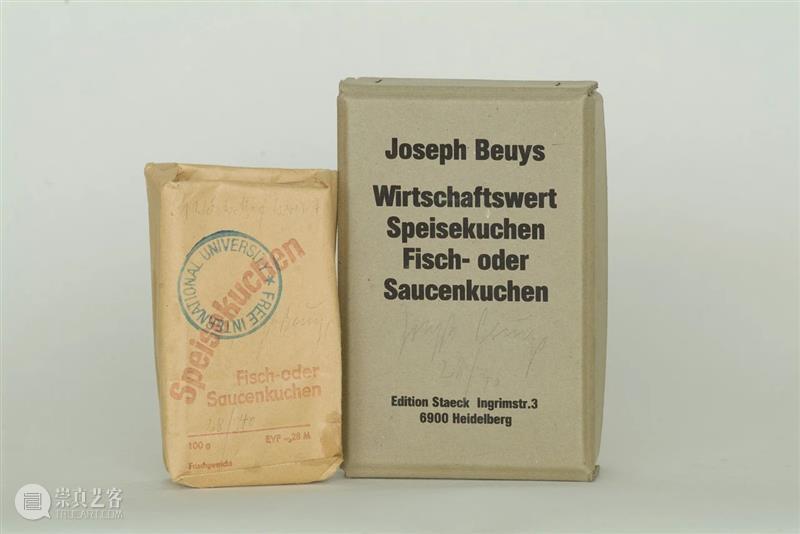
Economic Value Cake
Packaged instant gravy in shape of cake
handwritten addition, stanped Free Int. University
12×8×3.5cm, 1977

The deeper you look into the art of Joseph Beuys, the more you suspect how much his life was shaped by existential crises. Several times he narrowly escaped death: in the war in a crash of a fighter pilot, inan existential crisis in the 50s, in which he played with the thought of putting an end to his life. Or in the 1970s when he suffered a serious heart attack, when he barely escaped death.
Beuys talked about these crisis experiences very rarelyand if so, more in the form of legendary self-stylizations. In an interview, he called these experiences of closeness to death "key experiences".
He understood the healing processes after the severe impairments not only as an individual process. If he had succeeded in freeing himself from these crises with his own strength, then it should also be possible to transfer this healing experience to a social body which he considers sick.

Transformation
Postcard, offset
14.8cm×10.5cm, 1983
©️HOW Art Museum
This was apparently one of the driving forces for Beuys' unwavering belief in the changeability of the world. With never-ending energy, he promoted his expanded concept of art, which saw an artist in every human being, i.e. the potential for joint shaping of social processes, through countless lectures and events.
In the 1980s, he increasingly dealt with economic issues. He saw a major problem in the accumulation of cash flows that, far from democratic control, flow only to where they bring the most revenue and not where they are needed - for education, research and socially relevant investments.
In many contributions of these years, Beuys was one of the first to formulate the cornerstones for an unconditional basic income, based on his concept of capital, which was derived not from money but from human abilities. In this sense, every person should be entitled to a "credit"regardless of his or her work performance.
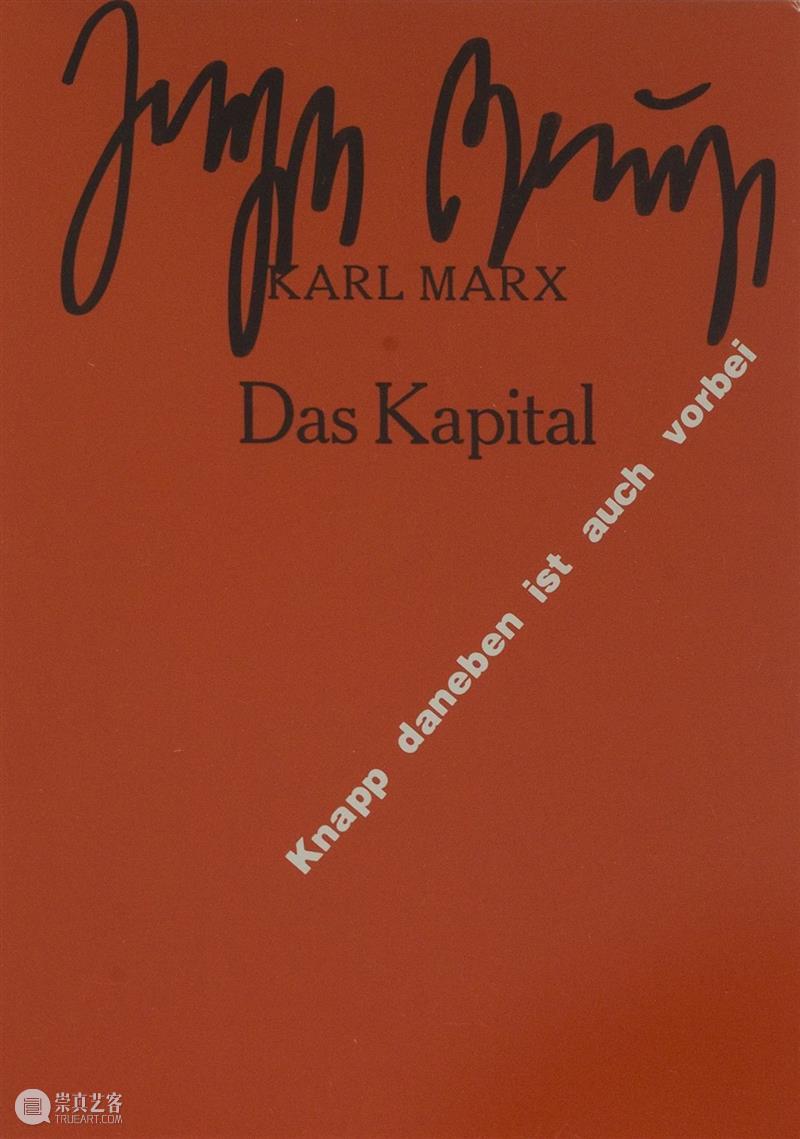

"That's the sentence why I was often to be laughed at. Can plastic change the world? (laughs)Yes!"
At the same time, his works of art and all the artworks in the collection of HOW Art Museum and an inexhaustible archive material make it clear that it is far too brief to reduce Beuys to striking formulas that he himself liked to use ("It has to be sensational, otherwise it would be of no interest").
Quasi the antipode to his theses was his art itself, especially the drawings, but also the other works. The subtle, sometimes almost filigree structure of his works could not be reduced to theses or closed worldviews.
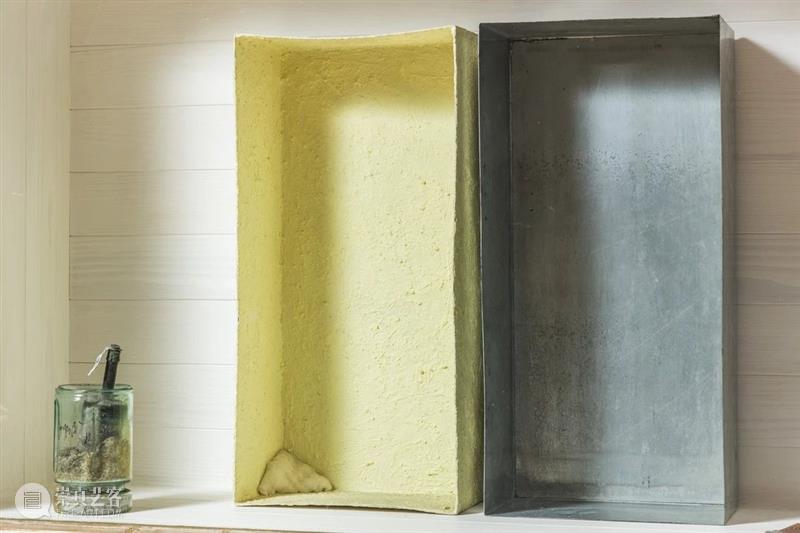
Beuys' works with fat, copper and felt were artistic experimental arrangements for him. Fat was a symbol of a solidified form. When it was warmed up, it became mobile and changed its shape. He saw copper as a conductive and felt as an insulating element.
Using the sculptures and spatial installations created with these materials, Beuys searched for a new concept of sculpture that included the moment of movement.
And at the same time, he expanded this concept by transferring it to man: He described thinking as an elementary design process.
And so, thinking about Beuys was already a sculpturein itself. When thoughts get into motion and shape the world, Beuys believes that people were able to intervene in changing social processes. He saw his art as a "stimulating aggregate for joint work". For this "work"he used the term “social sculpture”.

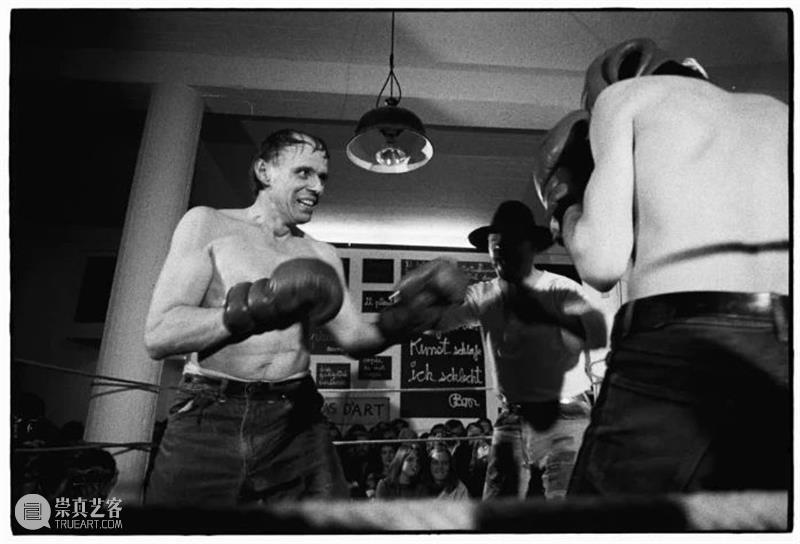
"It's no big deal if people get aggressive. Why don't you let them get aggressive? At least that's where you can talk to people. That means you have to provoke it. And provocation always means: Now suddenly something comes to life."
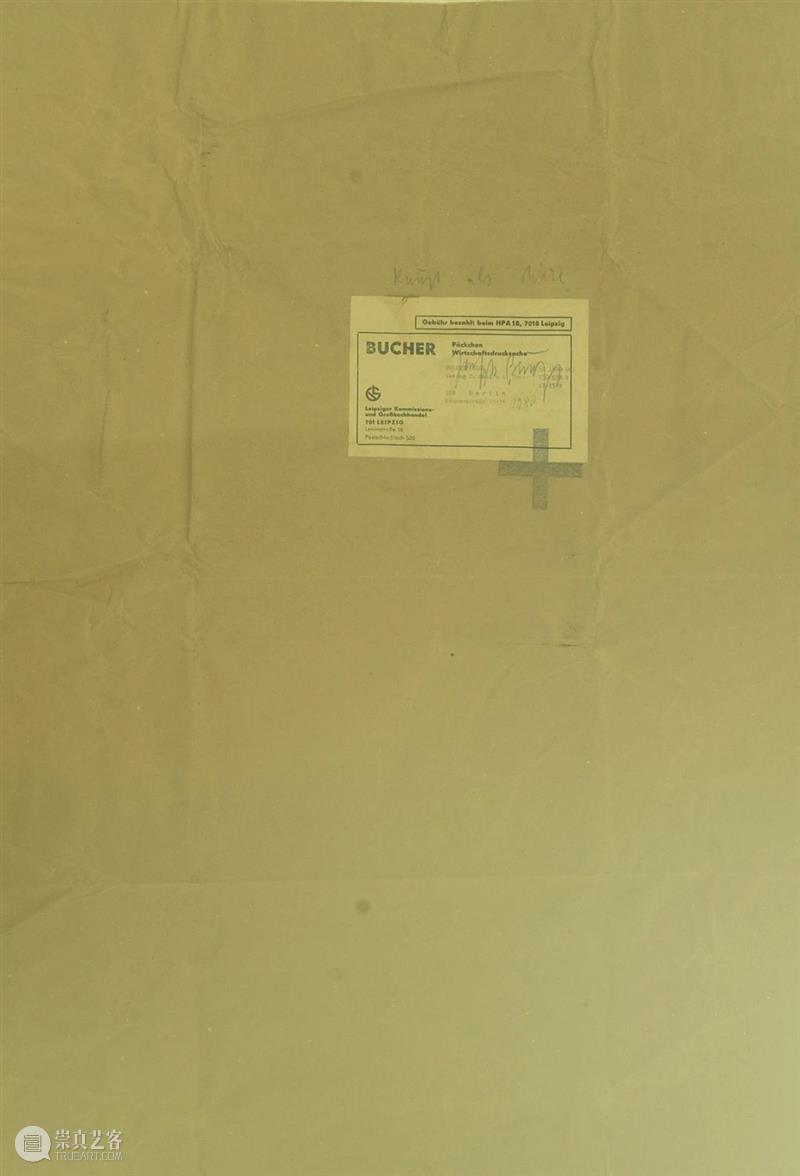
Art as Commodity
Package paper drawing with address lable, handwritten
76.5cm×51cm, 1980
©️HOW Art Museum
This, in turn, was suspect for the art scene, as they wanted to trade his works and earn money with them. Beuys did not elude these attacks. He looked for the confrontation, spoke and discussed with everyone. It was part of his mission - after all, every human being was an artist, i.e. a potential social designer. And he only had to be convinced of this in a personal conversation.
And honestly, comprehensible in the films documentaries, Beuys was very convincing, charismatic, enthusiastic and tireless. Let us allow ourselves to be infected by him, think about the freedom of mankind and the energy and power of art, expanded art in particular.

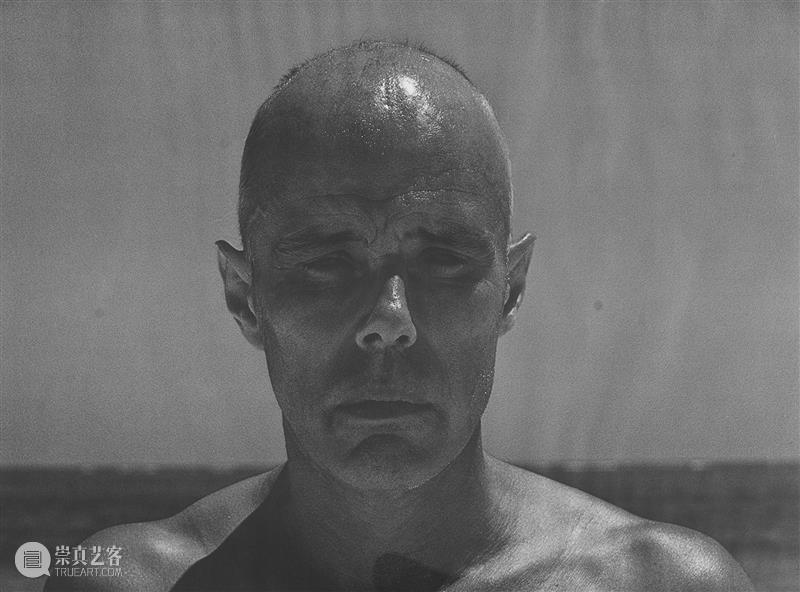
Gregor Jansen
Guest Curator for Lettres du Voyant : Beuys x Paik,
HOW Art Museum,Shanghai
Gregor Jansen, born in 1965 in Nettetal on the Lower Rhine, is an art historian; he has been head of the Kunsthalle Düsseldorf since January 2010.
Jansen wrote his doctorate on the Berlin-based painter Eugen Schönebeck. From 1991 onwards he worked variously as an exhibition manager, curator, lecturer, art critic and publicist. Until 2005 he lectured in media theory, cultural and visual art history at the University of Applied Sciences Aachen and at the Academy of Fine Arts Maastricht (ABKM). He has written numerous catalogue texts and essays and articles for art journals such as springerin, Kunstbulletin, Metropolis M, Parkett and Blitzreview.
In 2000 he curated the Japan/Korea section of the transnational exhibition “Continental Shift” in Belgium, Germany and Netherlands. In 2002, he was appointed Curator for the Second Media Art Biennale in South Korea, “Media_City Seoul”.
Gregor Jansen was appointed Curator of “Beijing Case”, a scholarship programme in 2005, which furthered artistic research into international urban developments in megacities. The project and the subsequent exhibition “Totalstadt. Beijing Case” at 798 in Beijing 2005 and at the ZKM Karlsruhe in 2006 examined the city’s explosive growth and its impact onurban culture caught between the poles of tradition and modernity (with CaoFei, Ou Ning, Xi Zhuan, Echo Ho, Thomas Bayrle, Via Lewandowsky etal.).
Since his first show von Gleich zu Gleich in 1991, he has curated more than 50 shows. Jansen curated a variety of widelyreviewed exhibitions, as well as being author and editor of numerouspublications on modern art; recent ones include KRIWET, Wirtschaftswerte / Museumswerte, Song Dong, Living with Pop.Capitalist Realism,Yin Xiuzhen, Thomas Ruff, Cody Choi, Chris Martin, TommaAbts, Tal R.
Text/ Gregor Jansen
Edit / Shiqi
-----------------
昊美术馆(上海)
HOW ART MUSEUM (SHANGHAI)
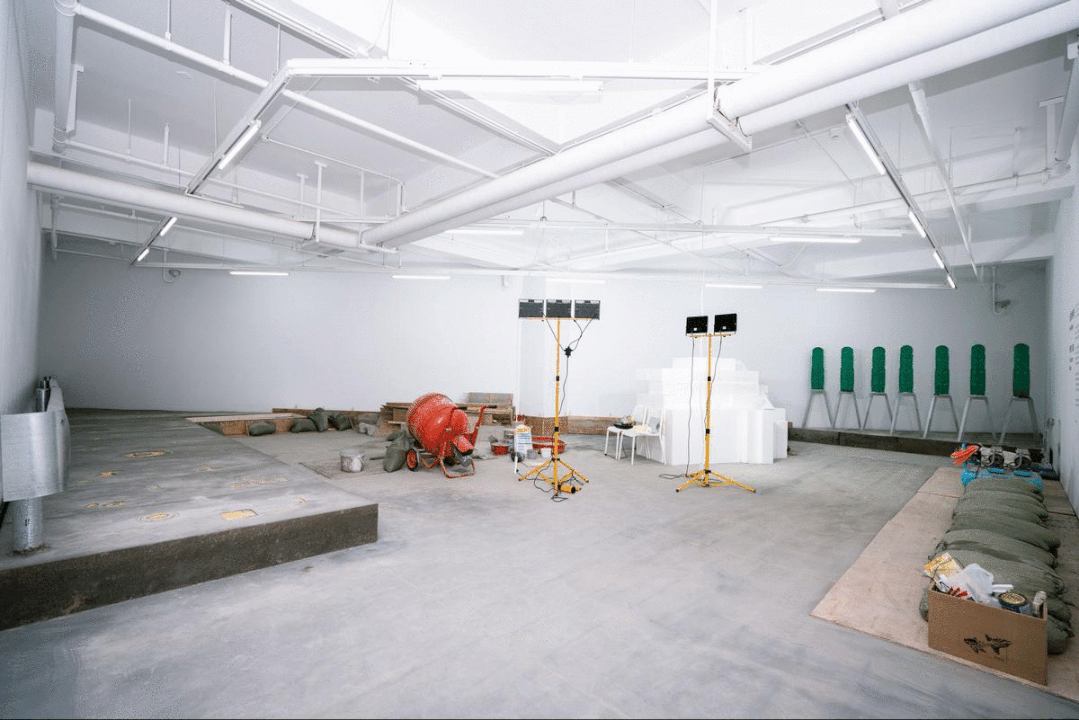
昊美术馆(温州)
HOW ART MUSEUM (WENZHOU)
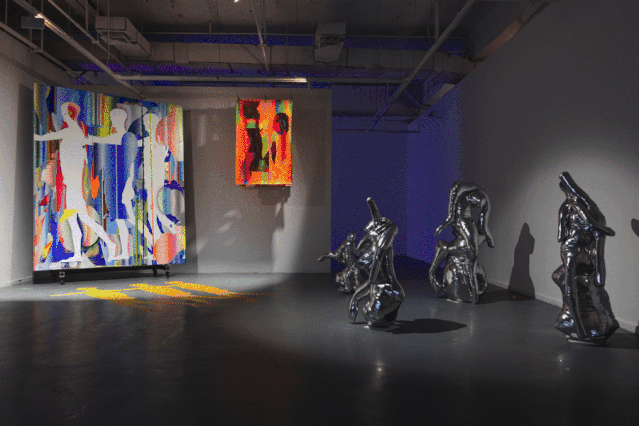
photo ©HOW Art Museum(Wenzhou)


📌Code: Join in
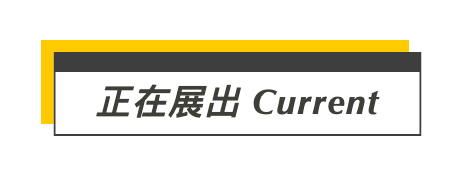
昊美术馆(温州)
HOW ART MUSEUM (WENZHOU)
即将展出 Upcoming
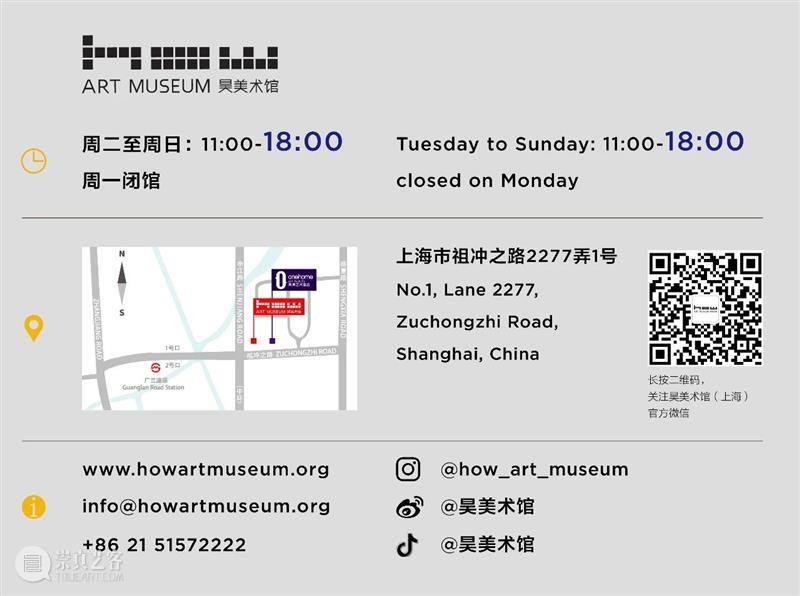


已展示全部
更多功能等你开启...
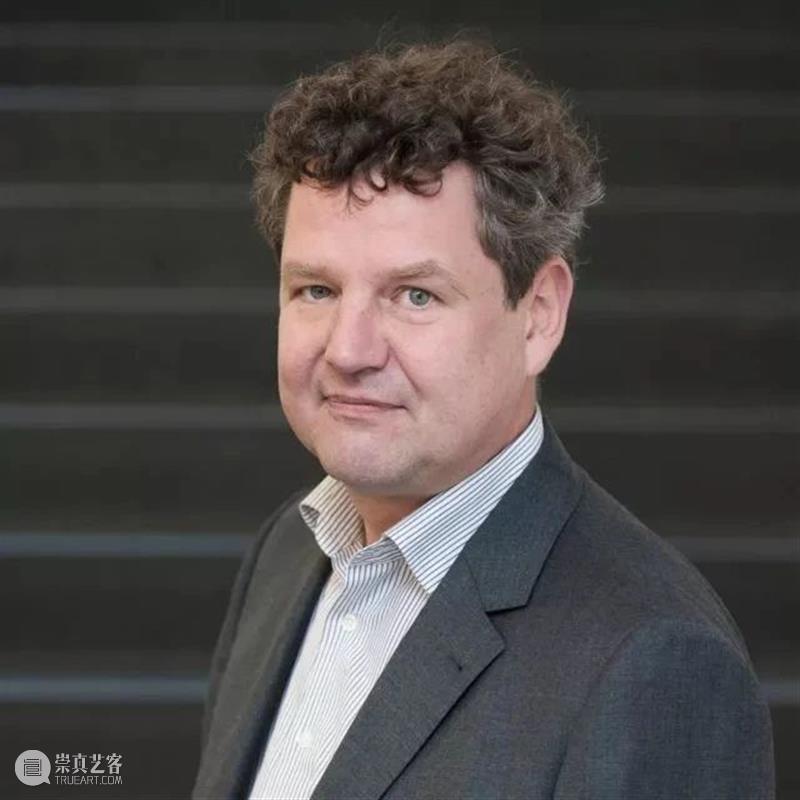
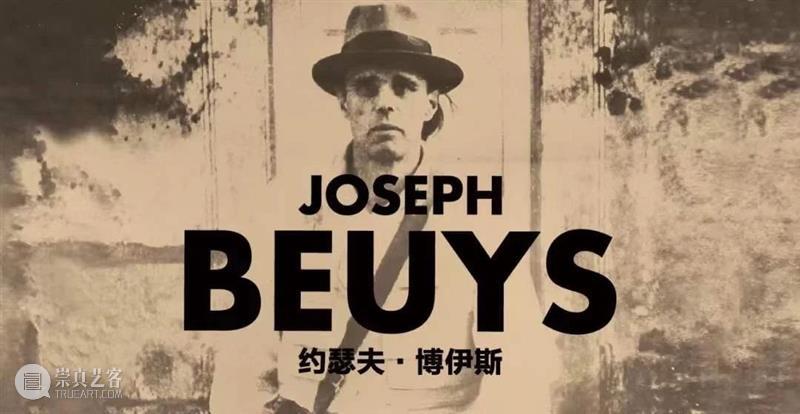
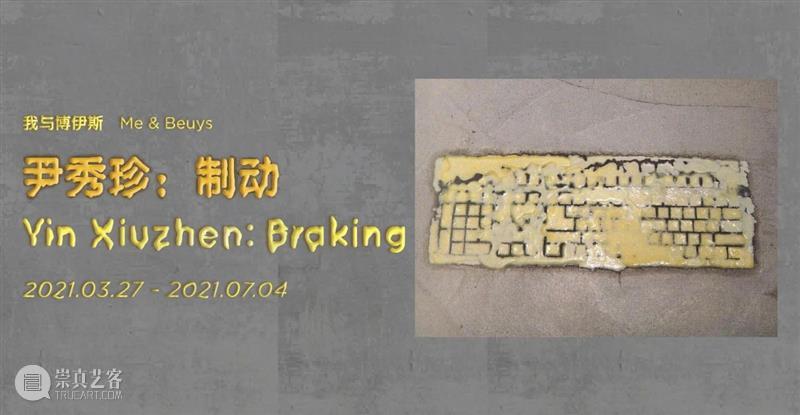
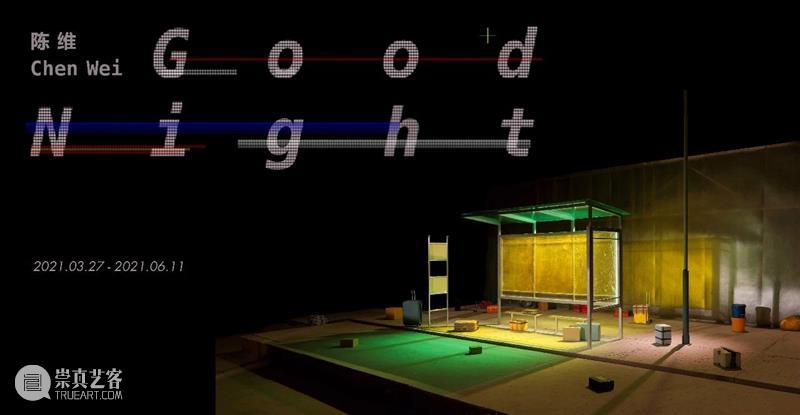
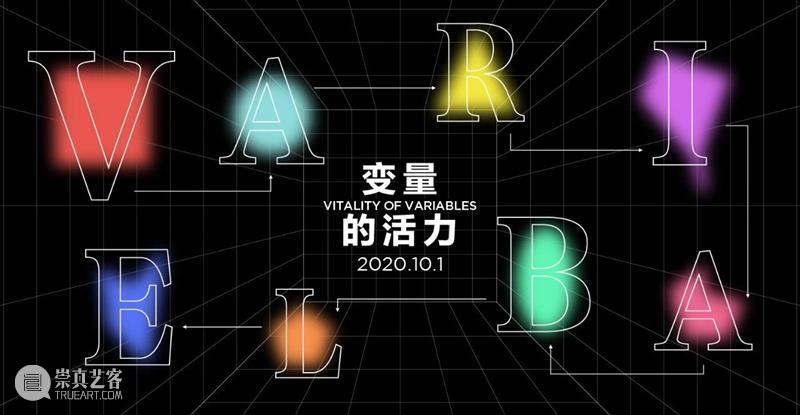
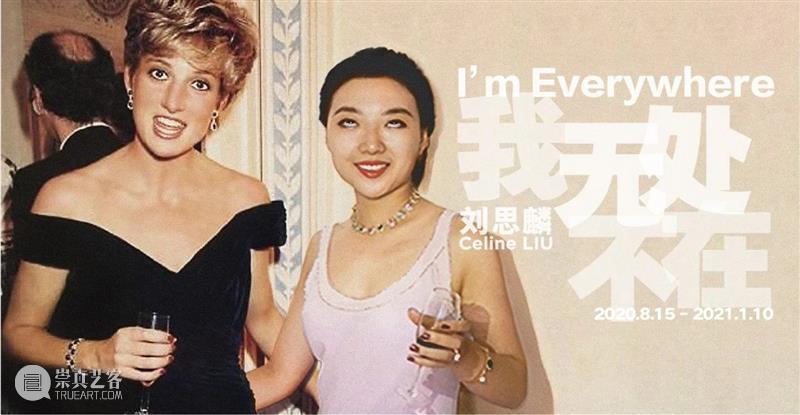
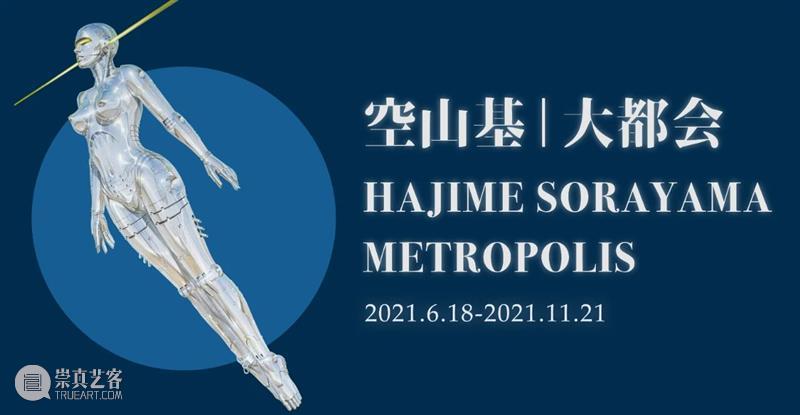
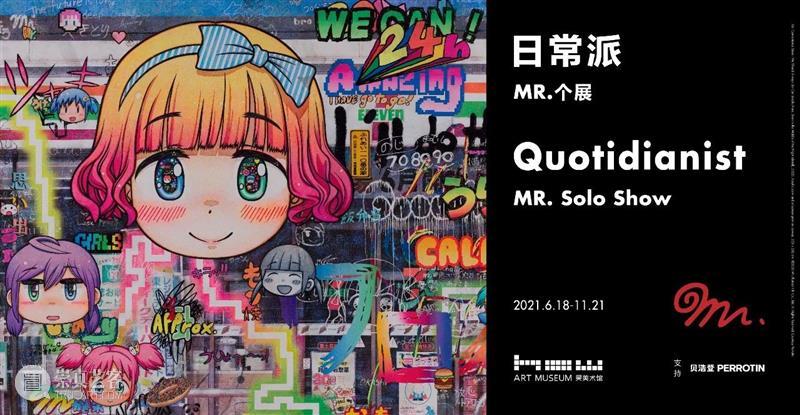






 分享
分享